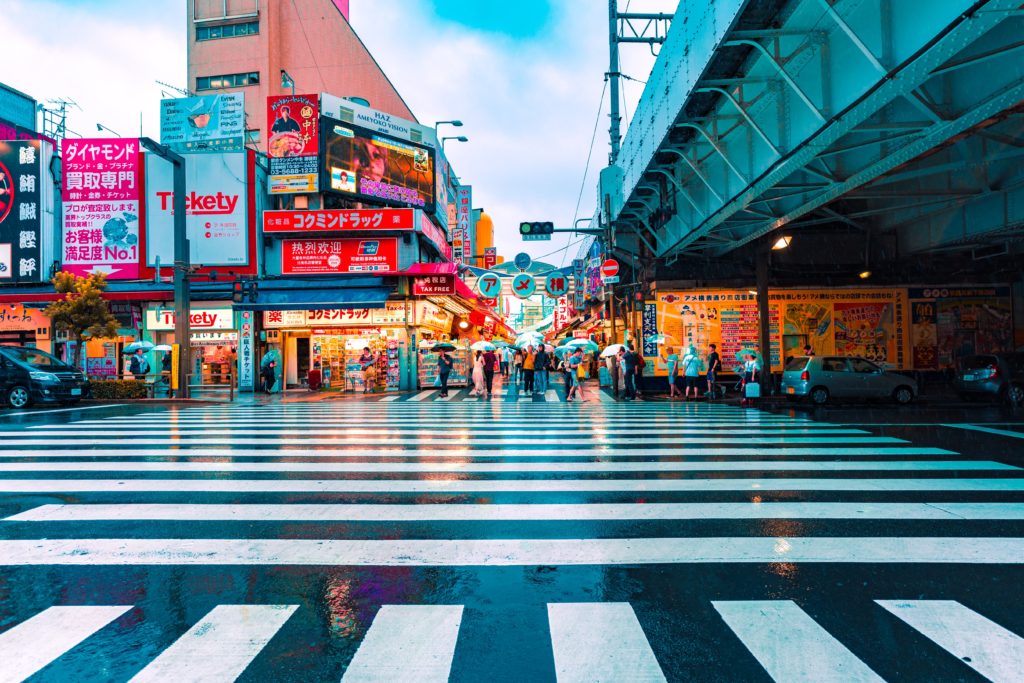The first time I ordered odori ebi, dancing shrimp, in a Japanese restaurant, I was not too sure what to expect. The order came as four pieces of sushi topped with prawns that whipped their tails like they were trying to swim away. This had not been the first time I had dealt with freshly caught seafood as people outside of Japan also enjoy live boiled lobster and freshly shucked oysters. However, Japanese cuisine takes it one step further when it serves sea urchins, octopus and sashimi fish so fresh they still move. In reality, this so-called live seafood is still moving only because it is animated by reflexes. These dishes will disgust many foreign diners, yet, they are a real treat in Japan and are served only in the best restaurants. Why do people in Japan come to enjoy their seafood so fresh that it is still moving?
Food that is close to its natural state is a mark of deliciousness in Japan. This means that unlike, say French cooking, the goal of Japanese cuisine is to keep appearance, texture and taste of ingredients as close to its original form as possible. Freshness trumps fancy techniques and the cooking remains minimal. The Japanese approach to cuisine is not transformative, instead, Japanese culinary techniques and rules of aesthetics aim to create a final dish that appears close to nature and in touch with the seasons. Moreover, sashimi or sushi from a fish processed hours ago does not taste as good as seafood that is dispatched on the spot. In this case, eating food that’s still capable of moving is motivated by pragmatic consideration. Finally, the quality of a product is often equated to how recently it has been harvested. The Japanese seafood distribution system, although having many intermediaries, is a time-sensitive business. In the race to get fresh seafood to the customer’s plate, few things beat food that is still moving.
Not all restaurants carry live seafood. The logistics of harvesting, transporting and storing live food make it difficult and costly. In that respect, it is a treat that the Japanese will only be able to indulge in on a rare occasion. Live seafood is therefore associated with upmarket cuisine in Japan. Furthermore, being able to clean and slice seafood that is moving and serving it fast enough so that it remains moving by the time it reaches one’s plate requires great skills. Few chefs have the ability and the composure to deal with live fish expertly slicing it into sashimi. Last, seafood that looks alive can be an appealing gimmick for Japanese restaurants. Since few restaurants deal with live seafood, the ones that do can distance themselves from their competition by offering a unique experience of freshness to the customer. Many customers are willing to pay more for this unusual meal in order to be able to talk about it later.

For most foreigners, the experience of eating food that is still moving is a horrific one. However, if we are to take a point of view that is outside our cultural norms, we might want to ask ourselves why do we see it as so disgusting? How is it better to eat prepackaged seafood that has already been slaughtered miles away rather than taking responsibility for our consumption? Why has convenience trumped freshness in Western society? Seafood that was live a few minutes ago undoubtedly tastes better than if it has been sitting for days in an icebox. Food that looks alive reminds us that we are eating a living being. Perhaps this would make us keenly aware of the sacrifice that is required to get this food to our plate. Live food could then become more than a cultural aberration, more than a statement about freshness, it would be a manifestation of deep respect for nature and its bounty.

